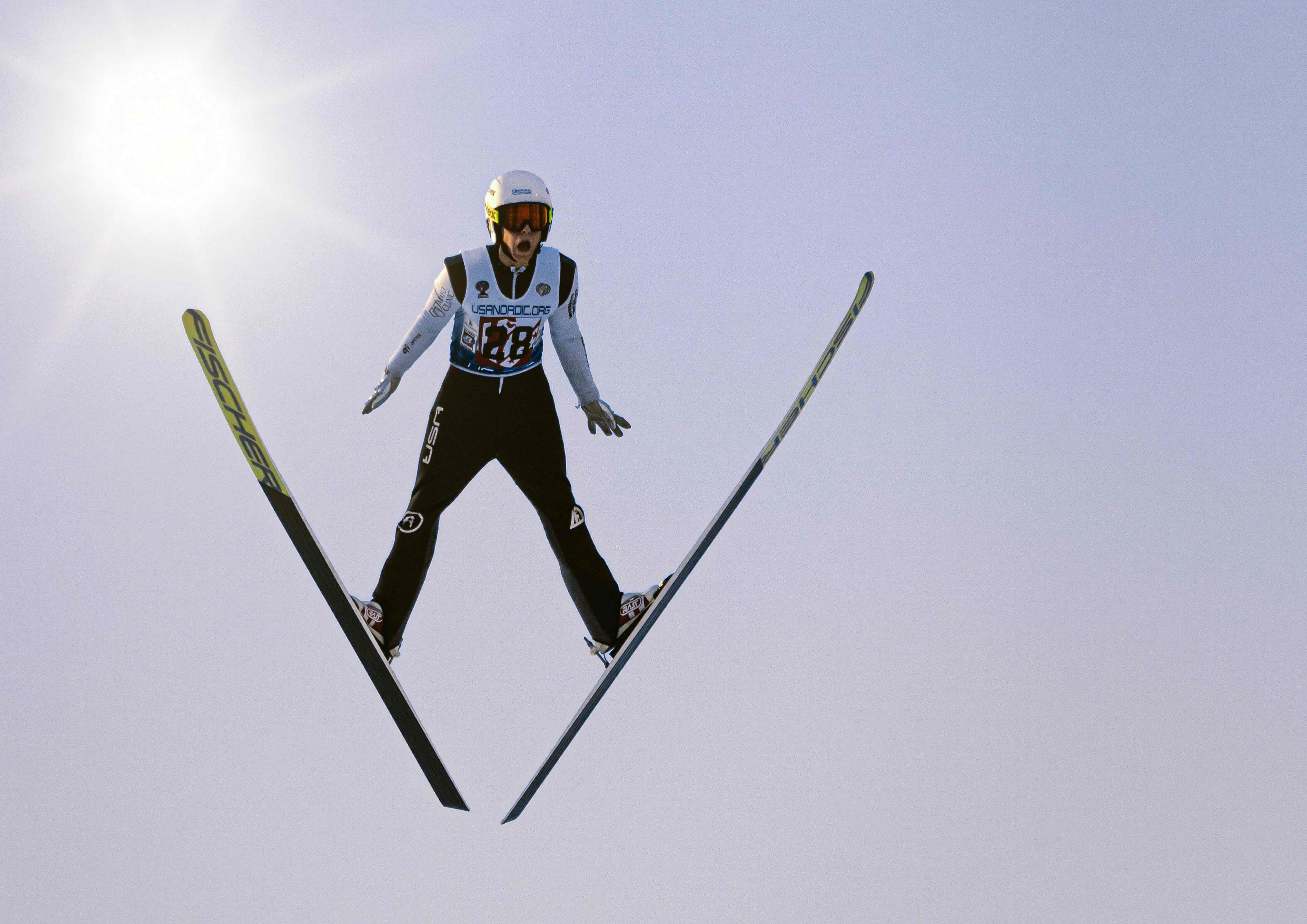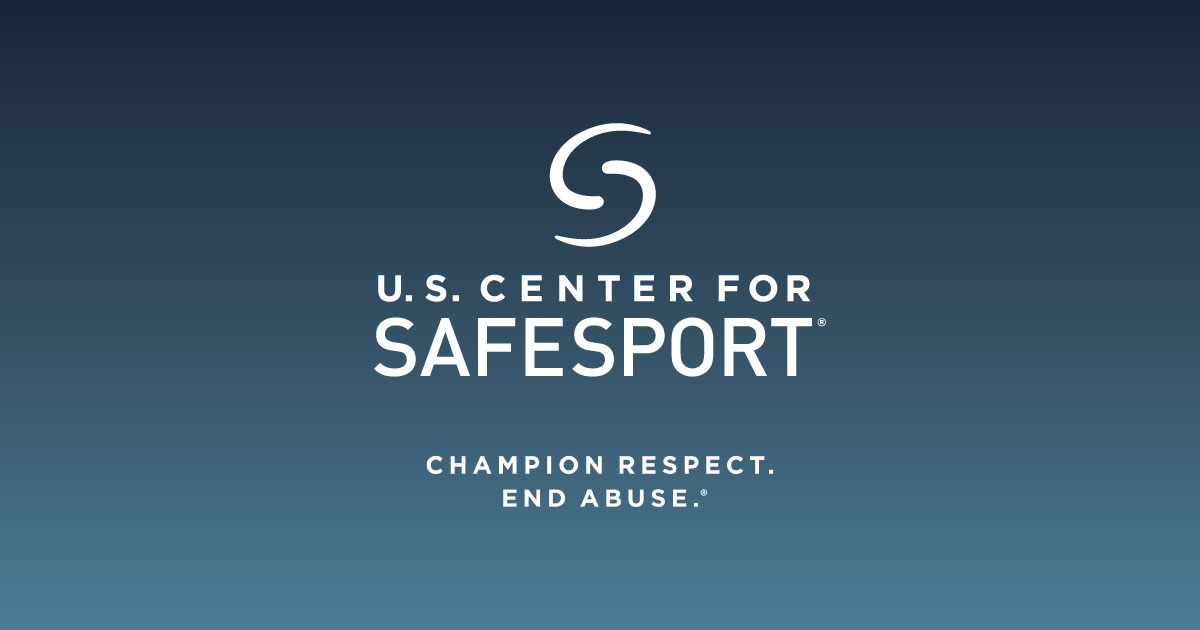-min.png)
Creating and maintaining safe athletic environments is a team sport - and we all have a role to play. Athletes, parents, coaches, and staff can all serve as active bystanders, furthering this healthy environment. By intervening when you see misconduct or abuse occur, you interrupt negative behavior patterns as they happen and emphasize best practices in prevention. This establishes crucial individual and group desires to change norms and expectations of how we all treat each other in the world of sport and beyond. Intervention additionally shows empathy and support for the person experiencing the harmful behavior.
Unfortunately, a gap exists in the discussion on how to be an effective active bystander in the sports setting. Most of us want to do the right thing when we see something uncomfortable happening. But oftentimes we don’t know what to do or are unsure of how to respond. You may fear for your safety or feel it’s not your place to speak up. You may even believe that other people are fine with the harmful behavior. Or, you may think someone else will intervene. This is known as the “bystander effect.” It’s a phenomenon where the more people who witness misconduct or abuse, the less likely individuals are to intervene—even when they do not agree with what is happening. This is again problematic because if you tolerate misconduct, you condone it.
Members of sporting communities need tools to mitigate these barriers for effective and safe active bystander intervention. Often left out of the conversation of active bystander intervention are the particular nuances athletes, parents, coaches, and staff experience when witnessing misconduct or abuse. Based on personal identities, we all have a different orientation to the situation and level of comfort in how we respond. There can also be fear of retaliation, and fear for the safety of yourself and others. Additionally, there are implications from the power imbalances prevalent in sporting environments that may make it even more difficult or feel overwhelming to intervene.
To support athletes and all members of sporting communities, #WeRideTogether has created resources to help individuals build their active bystander intervention skills. This material can be used by athletes, parents, coaches, and sports staff, and the material can be used alone and together, repeatedly, to stop misconduct and abuse.
Watch and Learn - Check out the 3-minute animated PSA, Preventing Misconduct in Sports: Safe, Active Bystander Intervention, for an overview of safe, active bystander intervention. This video provides a strong introduction to the dynamics and components of the topic in sports.
Apply and Reflect - Check out the S.A.B.I. (Safe, Active Bystander Intervention) Scenarios. These 4 vignettes demonstrate real examples of active bystander intervention in sports. Each vignette walks through the internal reflective process of what a bystander may consider when deciding how to intervene.
Review and Share - Check out the S.A.B.I. (Safe, Active Bystander Intervention) Infographic to review best practices on intervention. Print this out and post it in your gym, barn, or locker room. This guide can serve as a quick reference on being an effective and safe active bystander.
We know it can be hard to stand up against abuse. Remember, being an active bystander does not mean we have to be confrontational, but it does mean we have to act. We hear you. We see you. #WeRideTogether. And, we act together.
Kathryn McClain, MSW, MBA
Program and Partnerships Director at #WeRideTogether



-min.jpg)
